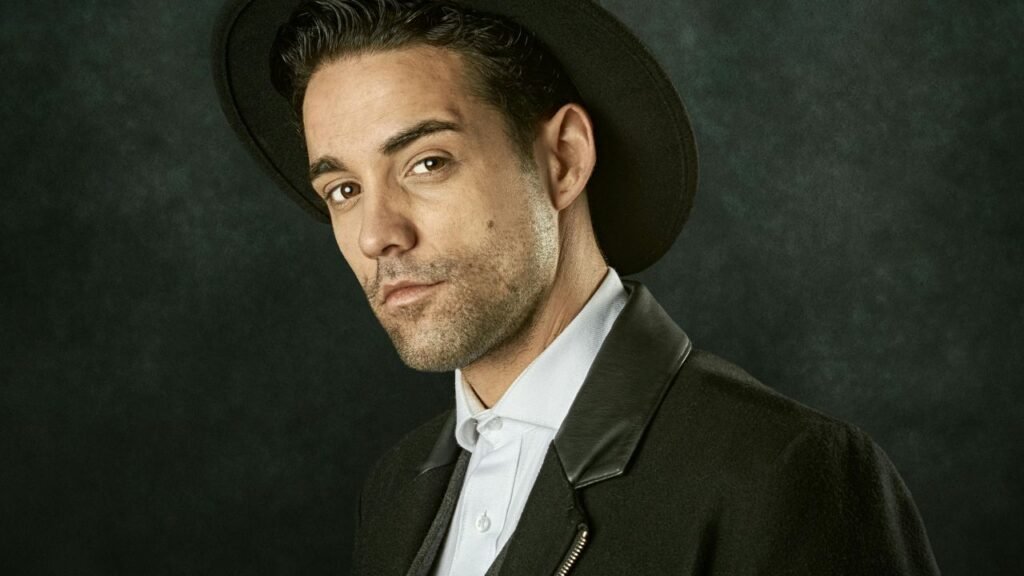
The Decline of the Formal Hat: Fashion, Function, and the Changing Times
Introduction and Historical Context
For centuries, hats were an essential part of formal attire, a signifier of social status and refinement. From the powdered wigs of the 18th century to the fedoras and trilbies of the 20th, a well-chosen hat could make or break an outfit. However, over the past few decades, the formal hat has fallen out of fashion, replaced by a more casual, hat-free aesthetic. So what happened? Why did this longstanding sartorial tradition fade away? The reasons are complex, rooted in a combination of evolving social norms, technological advancements, and shifting consumer preferences.
Relaxation of Dress Codes
One of the primary drivers behind the decline of formal hats was the gradual relaxation of dress codes in many professional and social settings. The mid-20th century saw a general trend towards more casual attire, as the post-war era ushered in a new era of informality and individuality. As business casual and athleisure wear became more acceptable in the workplace and beyond, the need for a formal topper diminished.
The Impact of Automobiles
Additionally, the rise of the automobile played a significant role. Prior to the widespread adoption of cars, hats served a practical purpose in protecting wearers from the elements during their daily commutes. Whether it was a top hat shielding the wearer from rain and snow, or a wide-brimmed sun hat keeping the sun at bay, hats were an essential accessory. However, as more people began to travel by car, this functional need was largely eliminated, reducing the everyday necessity of a hat.
Advancements in Hair Care and Grooming
Technological advancements in hair care and grooming also contributed to the decline of formal headwear. Innovations like electric hair dryers, styling products, and advanced cutting techniques allowed people to maintain a well-groomed appearance without the need for a hat to cover up. The sleek, styled looks popularized by icons like Audrey Hepburn and Cary Grant made the ubiquitous hat seem outdated and cumbersome.
Shift Towards Individuality and Self-Expression
Furthermore, the cultural shift towards individuality and self-expression played a significant role in the downfall of the formal hat. As fashion became more about personal style and less about adhering to rigid social conventions, the idea of a universally accepted “proper” hat began to feel restrictive and outdated. Younger generations, in particular, embraced a more eclectic and experimental approach to dressing, often eschewing traditional headwear in favor of more unique and self-reflective accessories.
Influence of Counterculture Movements
The rise of the counterculture movement in the 1960s and 70s also contributed to the decline of formal hats. As youth culture rejected the conformity and conservatism of the previous generation, the traditional symbols of establishment and authority, such as the fedora or bowler hat, became associated with the very establishment they sought to challenge. This anti-establishment sentiment further eroded the social status and desirability of formal headwear.
Regional and Professional Variations
It’s important to note that the decline of formal hats was not a sudden or universal phenomenon. Different regions and subcultures maintained the tradition of hat-wearing for various reasons. In the United Kingdom, for example, hats remained an integral part of formal attire, particularly in the upper echelons of society, well into the late 20th century. Similarly, certain professions, such as the military and law enforcement, have continued to incorporate formal headwear as part of their uniforms.
Global Fashion Trends and Casualization
However, the overall trend towards a more casual and individualistic approach to fashion has undoubtedly been the driving force behind the gradual disappearance of the formal hat from mainstream culture. As the world has become more connected, and global influences have shaped local fashion trends, the universal appeal and necessity of the formal hat have diminished.
Persistence in High-Society Events
That’s not to say that the formal hat has been completely abandoned. In certain high-society events, such as Royal Ascot or the Kentucky Derby, the tradition of wearing elaborate hats persists, albeit in a more performative and ostentatious manner. These events have become a stage for showcasing the latest in extravagant headwear, with attendees vying to outdo one another with increasingly bold and fantastical designs.
Cyclical Fashion and Modern Reinterpretations
Moreover, the cyclical nature of fashion has seen the occasional resurgence of formal hats in recent decades. Vintage-inspired fashion trends have revived the popularity of classic styles like the fedora and the trilby, often worn in a more casual and ironic manner. Similarly, the rise of streetwear and hip-hop culture has seen the reemergence of the baseball cap and the snapback as a fashion statement, blurring the lines between formal and informal headwear.
Conclusion and Reflection on Societal Changes
Ultimately, the decline of the formal hat can be seen as a reflection of the broader societal changes that have occurred over the past century. As our world has become more connected, casual, and individualistic, the rigid formality and social signifiers associated with traditional headwear have become less relevant and desirable. While the formal hat may never entirely disappear, its ubiquity and significance have undoubtedly diminished, replaced by a more diverse and fluid approach to personal style and self-expression.











